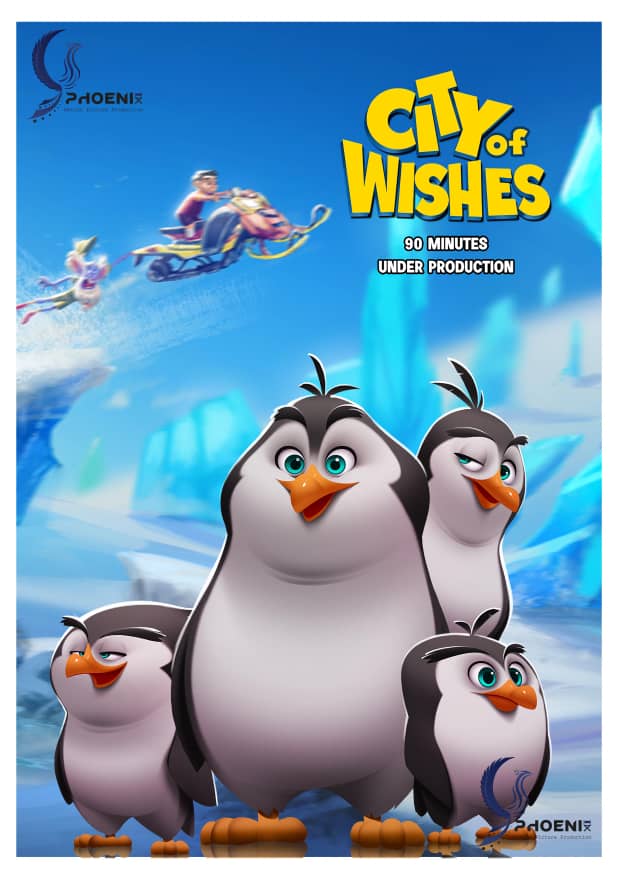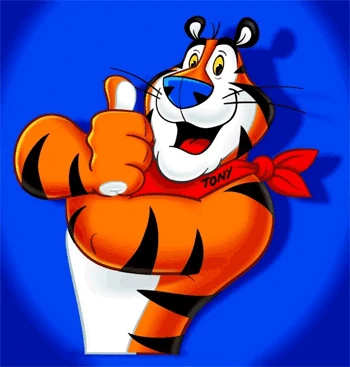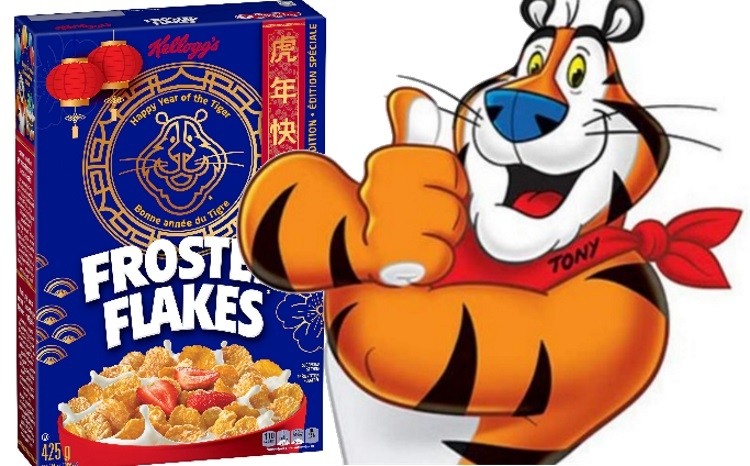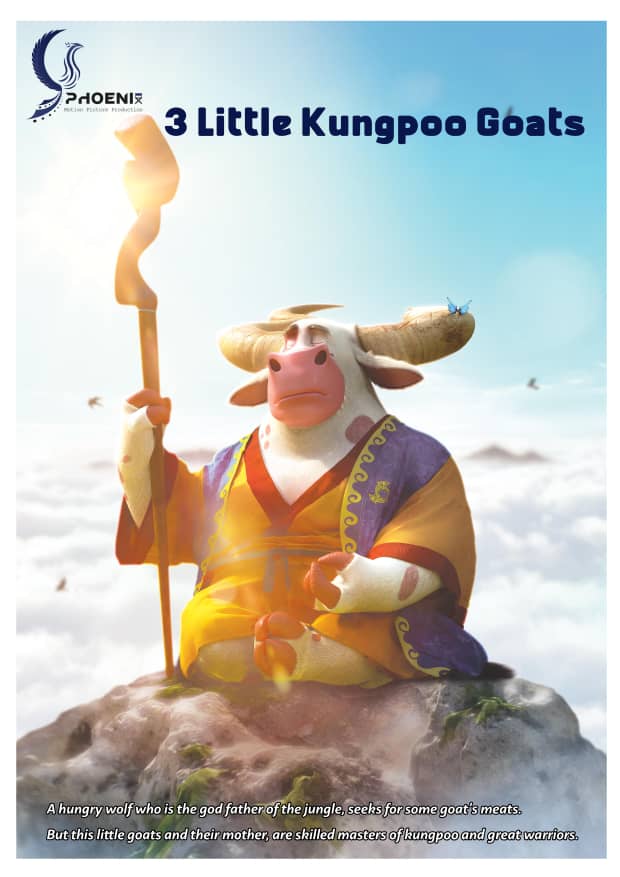
In any animated series ad campaign, creating compelling characters play a vital role as the second pillar.
These characters are the heart and soul of the campaign, serving as powerful vehicles for storytelling, connecting with the audience, and ultimately driving engagement and brand recognition. Whether they are animated mascots, heroes, or relatable everyday individuals, compelling characters have the ability to captivate viewers, evoke emotions, and leave a lasting impression.
One of the key reasons why compelling characters are crucial in animated series campaigns is their ability to establish an emotional connection with the audience. Unlike live-action characters, animated characters can be crafted in ways that stimulate the audiences imagination and transcend reality. They can possess exaggerated features, vibrant colors, and distinct personalities that instantly grab attention and resonate with viewers. This ability to create characters that are visually appealing and larger than life allows advertisers to elicit emotions, whether it’s through humor, empathy, or aspiration and education.
Humor is a particularly effective tool that compelling characters can utilize to engage the audience. Animated characters can deliver comedic performances, showcase funny expressions, and participate in humorous situations. The use of comedy not only entertains viewers but also helps to create a positive association with the brand or product being advertised. Well-executed humor can generate a sense of joy, create memorable moments, and make the ad more shareable, extending its reach beyond the initial viewing and motivate audience’s to share the commercial animation with everybody just to share fun with them.

Empathy is another powerful emotion that writing compelling characters can evoke. By creating relatable and well-rounded characters, advertisers can tap into the audience’s emotions and experiences. These characters may face challenges, exhibit vulnerability, or demonstrate resilience, allowing viewers to identify with their struggles and victories. When viewers see themselves or aspects of their own lives reflected in the characters, they are more likely to form a deep connection with the story being told and, by extension, with the brand or product being promoted.
Compelling characters can also embody aspirational qualities that inspire the audience of the world. They can be depicted as heroes, role models, or individuals who achieve extraordinary feats. Such characters create a sense of admiration and a desire to emulate their qualities. Aspiration-driven characters can be particularly effective in promoting products or services that promise personal growth, success, or lifestyle enhancements. By associating the brand or product with these aspirational characters, advertisers can tap into the audience’s aspirations and aspirations, motivating them to engage with the campaign and consider the brand positively.
Furthermore, compelling characters offer flexibility and versatility in advertising campaigns. They can represent a variety of demographics, catering to different target markets and audience segments. Advertisers can create characters of different ages, genders, ethnicity, and backgrounds to ensure exclusivity and reach a broader audience. This diversity in character representation allows campaigns to resonate with individuals from various walks of life, fostering a sense of inclusiveness and connection.
Moreover, compelling characters can simplify complex concepts and make them more easily understandable to the audience. Whether it’s explaining the features of a product or demonstrating how it solves a problem, characters can serve as relatable guides, breaking down information in a way that is digestible and engaging. Through their interactions and storytelling, characters can educate viewers about the benefits and value of the brand or product, making it more accessible and enticing.

In addition to their emotional and educational impact, compelling characters contribute significantly to brand recognition and recall. Well-designed and well-executed characters become synonymous with the brand, acting as mascots or brand ambassadors. These characters can extend beyond a single ad campaign and become recognizable icons associated with the brand’s identity. Think of famous examples like Tony the Tiger for Kellogg’s Frosted Flakes or the GEICO Gecko. These characters have become ingrained in popular culture and have become a part of the brand’s DNA, ensuring long-term brand recall and customer loyalty.


The power of compelling characters extends beyond the confines of a single ad campaign. They can be utilized across various marketing channels and platforms to create a consistent brand presence. Animated characters can be featured in television commercials, online videos, social media campaigns, print advertisements, and even as part of experiential marketing initiatives. Their consistent appearance across multiple touch points reinforces brand messaging, creates brand familiarity, and enhances the overall brand experience.
Furthermore, compelling characters in animated series ad campaigns have the advantage of timelessness. Animated characters can remain relevant and appealing for years, if not decades, without showing signs of aging or changes in appearance. This longevity allows brands to establish a strong brand identity that can be maintained over time, contributing to brand equity and recognition. Unlike live-action characters, who may age or fall out of favor with changing trends, animated characters can endure, maintaining their appeal and relevance to both new and existing audiences.
To create compelling characters for animated series campaigns, a combination of creative design, storytelling, and strategic thinking is essential. Advertisers need to understand their target audience, their preferences, and the message they aim to convey. By conducting market research and employing skilled animators, illustrators, and storytellers, advertisers can bring these characters to life in a way that resonates with viewers and aligns with the campaign’s objectives.
In conclusion, compelling characters serve as the second pillar in animated series ad campaigns, playing a vital role in capturing attention, driving engagement, and fostering emotional connections with the audience. These characters offer a range of benefits, from evoking humor and empathy to inspiring aspiration and simplifying complex concepts. They contribute to brand recognition, recall, and consistency across marketing channels, while also possessing the timeless quality that ensures long-term brand impact. Through creative design, storytelling, and strategic thinking, advertisers can create characters that leave a lasting impression, becoming ambassadors for the brand and enhancing the overall success of the animated series ad campaign.
If you are interested in this subject and want to know about the other pillars, you can follow our special page created to talk about commercial campaigns
If you want to turn your concept into an animated reality, then we are who you need. Visit our film showcases to understand better what we can do for you. Check Phoenix news to get regular updates on our ever-expanding services, such as facilitation.
Contact US today and begin the journey of turning your vision into a work of art. Also you are very welcome to Dubai – Business bay, to visit us at our Dubai branch office.
More blogs and news, kindly Follow the Phoenix Blogs …
Frequently asked questions
How do you develop a compelling character?
Developing a compelling character involves several key steps. First, define the character’s purpose, traits, and role within the campaign. Consider the target audience and their preferences. Next, give the character a visually appealing design that stands out. Develop a backstory and personality that resonates with viewers. Create relatable motivations, flaws, and aspirations. Craft engaging storylines that showcase the character’s journey and growth. Test the character’s appeal and refine based on audience feedback. Lastly, ensure consistency across all aspects of the campaign, from visuals to voice acting. Through careful planning, iteration, and audience connection, a compelling character can be developed.
What does it mean to be a compelling protagonist?
Being a compelling protagonist means having qualities that captivate and engage the audience. A compelling protagonist is relatable, with clear goals, motivations, and conflicts that drive the story forward. They undergo growth and transformation throughout the narrative, facing challenges and making difficult choices. They evoke empathy and elicit emotions, making the audience emotionally invested in their journey. A compelling protagonist possesses depth, complexity, and flaws that make them human and relatable. They carry the weight of the story, connecting with the audience on an emotional level and leaving a lasting impact.
What are the 4 main types of characters?
The four main types of characters in storytelling are protagonists, antagonists, supporting characters, and foils. Protagonists are the central characters driving the narrative and typically represent the main viewpoint. Antagonists are the primary obstacles or adversaries to the protagonist, creating conflict and tension. Supporting characters provide additional depth, context, and assistance to the protagonist, enriching the story. Foils are characters who contrast with the protagonist, highlighting their strengths, weaknesses, or beliefs. These character types work together to create dynamic and compelling relationships, advancing the plot and adding layers of complexity to the story.























